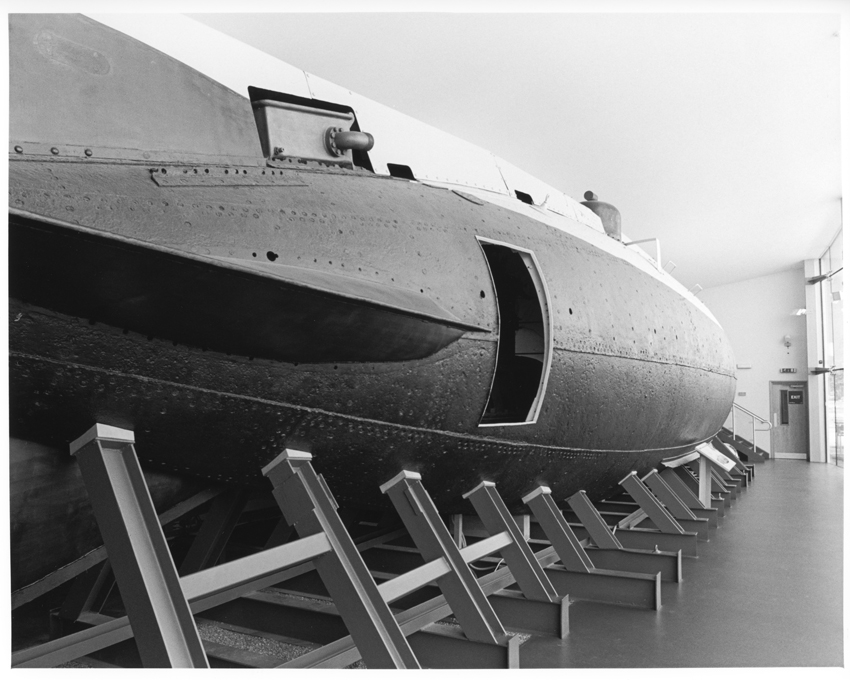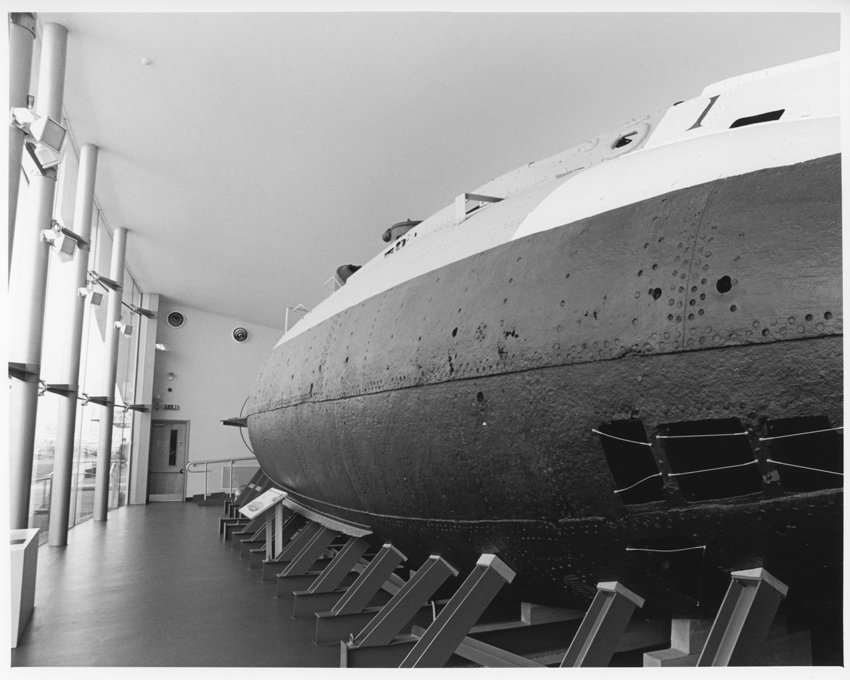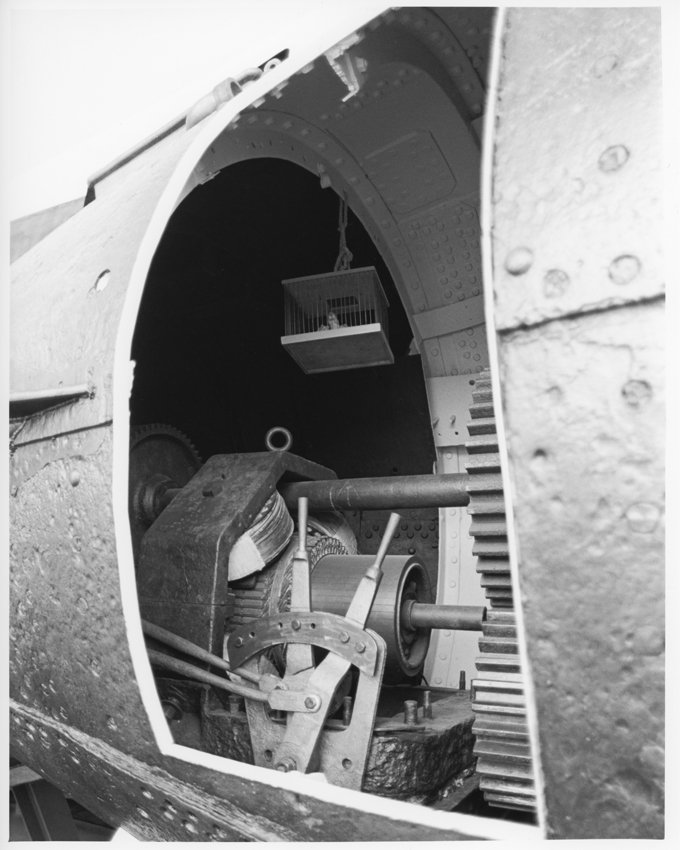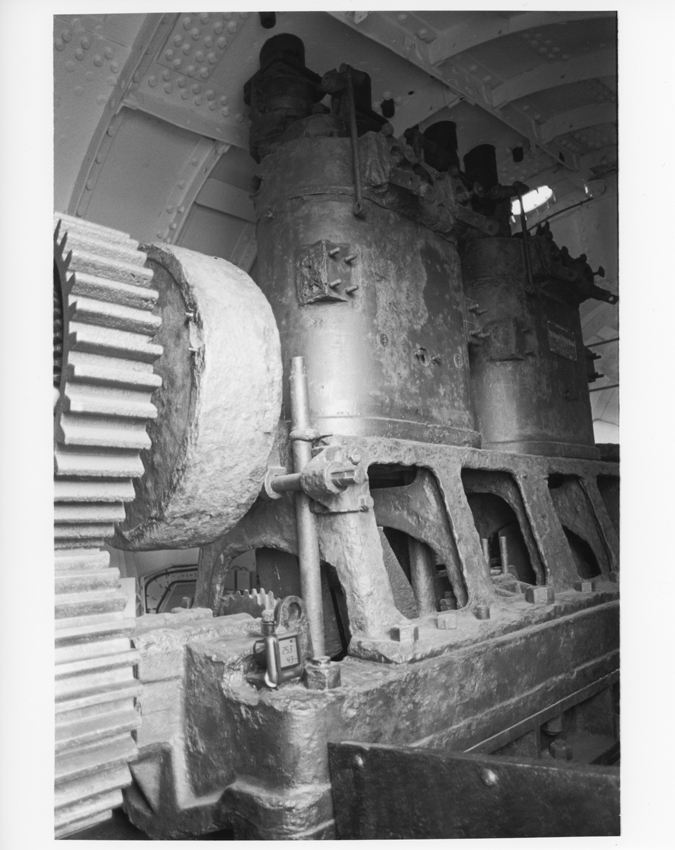louarnold
Member
Had this camera overhauled some 20 years ago. That summer it worked great until the whale splashed water onto it. The water hit only on the right-hand-side of the camera. I ignored it until now. Its frozen. Here are the details:
1- Shutter / mirror is frozen; the shutter release can be pressed, but does not release the shutter. The mirror can be wiggled slightly.
2-The film advance lever works as long as the shutter release is kept depressed. At the very last twist, the release descends a fraction of an inch.
3- The front lens is removable.
4- The shutter speed ring, moves well, but is difficult from high to low speeds.
5- The aperture ring rotates smoothly throughout.
6- The focus ring is stiff, but move smoothly.
7- The frame counter moves well.
8- The rewind button and aperture quick adjust work fine.
9- The delay timer slide was moved (cocked), but is now also fixed.
What I have done just now:
a - Removed the lens, the back and the film roller, and immersed the camera in tap water for 8 hours. No improvement.
b - Immersed in a solution of tap water and baking soda (2-3 tsp). Then immerse and rinse in tap water again. No change.
c - Spray with 91% solution of alcohol, let stand for several hours. Immerse and rinse again with tap water.
d- Spray with eyeglass cleaning fluid for a few hours. Immerse and rinse again.
e - I have a screwdriver and hammer, but haven't used it yet.
Of interest: After immersion the water turns a clear pale yellow.
The shutter on this camera is the between-the-lens leaf type. An overhaul will likely cost $600 (http://zeisscamera.com/services_slr.shtml).
The problem is likely with encrusted salt in the shutter and the other mechanisms.
So I need to ask...what else can I do at home to get this fixed? Can I get the entire lens/shutter out of the camera without a microscope and bottle of scotch?
1- Shutter / mirror is frozen; the shutter release can be pressed, but does not release the shutter. The mirror can be wiggled slightly.
2-The film advance lever works as long as the shutter release is kept depressed. At the very last twist, the release descends a fraction of an inch.
3- The front lens is removable.
4- The shutter speed ring, moves well, but is difficult from high to low speeds.
5- The aperture ring rotates smoothly throughout.
6- The focus ring is stiff, but move smoothly.
7- The frame counter moves well.
8- The rewind button and aperture quick adjust work fine.
9- The delay timer slide was moved (cocked), but is now also fixed.
What I have done just now:
a - Removed the lens, the back and the film roller, and immersed the camera in tap water for 8 hours. No improvement.
b - Immersed in a solution of tap water and baking soda (2-3 tsp). Then immerse and rinse in tap water again. No change.
c - Spray with 91% solution of alcohol, let stand for several hours. Immerse and rinse again with tap water.
d- Spray with eyeglass cleaning fluid for a few hours. Immerse and rinse again.
e - I have a screwdriver and hammer, but haven't used it yet.
Of interest: After immersion the water turns a clear pale yellow.
The shutter on this camera is the between-the-lens leaf type. An overhaul will likely cost $600 (http://zeisscamera.com/services_slr.shtml).
The problem is likely with encrusted salt in the shutter and the other mechanisms.
So I need to ask...what else can I do at home to get this fixed? Can I get the entire lens/shutter out of the camera without a microscope and bottle of scotch?
Last edited:
















